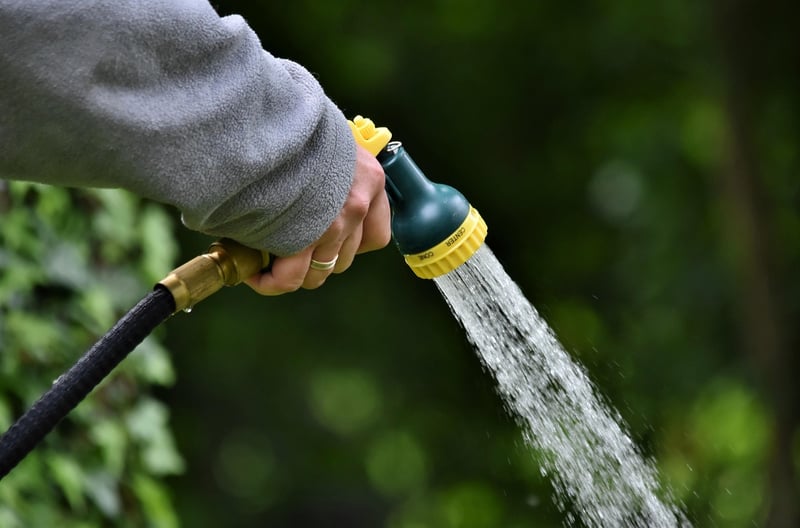Watering Guide
Maintaining Healthy Plants: A Complete Watering Guide
Plants are a wonderful addition to any home, bringing life and beauty to indoor and outdoor spaces. To ensure your plants thrive, proper watering is crucial. Here is a comprehensive guide to help you maintain healthy plants through correct watering techniques.
1. Understanding Your Plants' Watering Needs
Each plant has unique watering requirements based on factors such as species, size, and environment. Research your plant species to determine its specific watering needs. Some plants prefer moist soil, while others thrive in drier conditions.
2. Signs of Overwatering and Underwatering
It's essential to recognize the signs of overwatering and underwatering to adjust your watering routine accordingly. Yellowing leaves, mushy stems, or mold growth indicate overwatering, while wilting, dry soil, and brown leaf tips suggest underwatering.
3. Watering Techniques
Water your plants thoroughly but allow excess water to drain away to prevent waterlogged roots. Use a watering can with a narrow spout for precise watering, especially for potted plants. Water at the base of the plant to avoid wetting the foliage, which can lead to disease.
4. Watering Frequency
Establish a watering schedule based on your plant's needs and environmental conditions. Factors like humidity levels, temperature, and season affect how often you should water your plants. Check the soil moisture regularly to determine when watering is necessary.
5. Best Time to Water Plants
Water your plants in the morning to allow for optimal absorption and to prevent excess moisture overnight, which can promote fungal growth. Avoid watering during the hottest part of the day to prevent water evaporation.
6. Choosing the Right Watering Method
Depending on your plant's size and type, you can choose between bottom watering, using a watering can, a hose with a gentle spray attachment, or a drip irrigation system. Tailor your watering method to suit your plant's specific needs.
7. Importance of Proper Drainage
Ensure your plant containers have drainage holes to prevent water from accumulating at the bottom, leading to root rot. Use a well-draining potting mix to promote healthy root growth and prevent waterlogging.
8. Monitor and Adjust
Regularly monitor your plants for any signs of stress or changing water needs. Adjust your watering schedule accordingly, especially during extreme weather conditions or seasonal changes.
By following these watering guidelines and understanding your plant's specific requirements, you can promote healthy growth and vibrant foliage in your indoor and outdoor plants.

Remember, proper watering is just one aspect of plant care. Consistent light, suitable temperature, and regular fertilization also contribute to the overall health of your plants. With the right care and attention, you can enjoy a lush and thriving plant collection.
